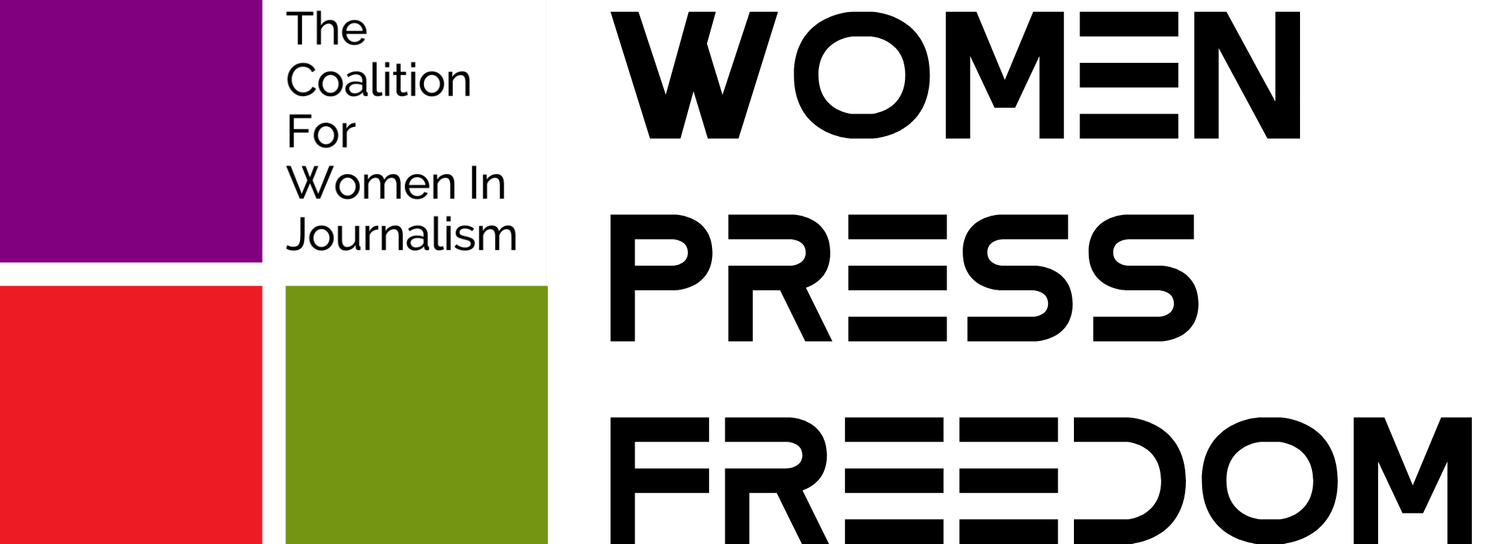Bangladesh: Unesco Photography Award Winner, Country’s First Woman Photographer Sayeeda Khanam Passes At 83
Location: Bangladesh, Dhaka
Date: August 19, 2020Sayeeda Khanam, the first female professional photographer of Bangladesh, passed away at her Dhaka home yesterday. The 83 years old senior journalist was suffering from complicities of old age.
Sayeeda was born in 1937 and was inspired to pursue photography looking upto her aunt poet Mahmuda Khatun Siddique, she started photography at the age of only 13 when her sister bought her a Rolleicord camera. She never received any institutional training on photography, but learned from foreign photography magazines which were given to her by the owner of Jaidi's studio, a studio of Dhaka.
In an interview she gave to UNB, she recalled her young days passionate about photography in these words: "When I was very young, she [Mahmuda] used to hire photographers to come to the house to take pictures of the family. They [photographers] used to take our photographs with the big box cameras which had black curtains, and I was fascinated by those box cameras. My sister's friend Lutfunnesa Chowdhury, wife of Zahur Hossain Chowdhury, former editor of the newspaper Sangbad, had a box camera in their house in Kolkata. When I visited their house, that became my first camera. I took the camera and went to the street to take pictures. The first picture I took was of two ‘Kabuliwalas".
In 1956, she started her professional career as a photojournalist in Begum, the only newspaper dedicated to women at that time. Back in those days, photography was not as modernized as today. So the self taught photographer not only pursued the art and journalistic side of photography but delved into technicalities of the profession as well, she had to take care of sunlight, shadow and many other aspects, and tweak things manually before using the camera. Her photographs were published in many national and international newspapers including the Observer, Morning News, and Ittefaq. She also captured many important events of the Liberation War of Bangladesh in 1971. After the war, she also volunteered as a nurse in Holy Family Hospital for a while.
She worked as a photographer with the filmmaker Satyajit Ray in three of his films. Besides Ray, she also did portraits of figures such as Queen Elizabeth, Neil Armstrong, Buzz Aldrin, Mother Teresa, Indira Gandhi and Sheikh Mujibur Rahman.
In 1985 she was honored with UNESCO Award for photography. She received many other awards from several national and international organizations. She was a lifetime member of Bangladesh Mahila Samiti and Bangla Academy.
In many male-dominated societies, women were and still are not expected to pursue certain professions. A defiant Sayeeda Khanam, the first female photojournalist of Bangladesh, proved that perception wrong.
During an interview she gave on the eve of March 8 last year, Sayeeda told UNB: "It feels really great when I see so many girls doing photography now-a-days. When I started this profession, there was no girl beside me. I was the only one. But now when I see girls are moving with cameras everywhere and taking pictures, I feel happy for them". Sayeeda expressed her deep concern though over the safety issue of women in today's society. Mentioning it as a big challenge for female photographers, she said, now-a-days women are not safe in society. "The society was also not totally safe even in our time, but the situation has become much more dangerous for today's girls, especially for the photographers who have to go to places for their profession," she said.
The Coalition For Women In Journalism pays respects and tribute to the legendary photographer and pledges to keep working to ensure safety of women journalists and be a safe space for women journalists who will be the pioneers of coming generations. Sayeeda Khanam will always be remembered for her talent, passion and wisdom.
The CFWIJ strongly condemns the police brutality against journalists. We demand the immediate return of the press cards seized from the security forces. Policies to intimidate journalists should be abandoned, and journalism should be practiced under the criteria of freedom of the press.
If you have been harassed or abused in any way, and please report the incident by using the following form.


